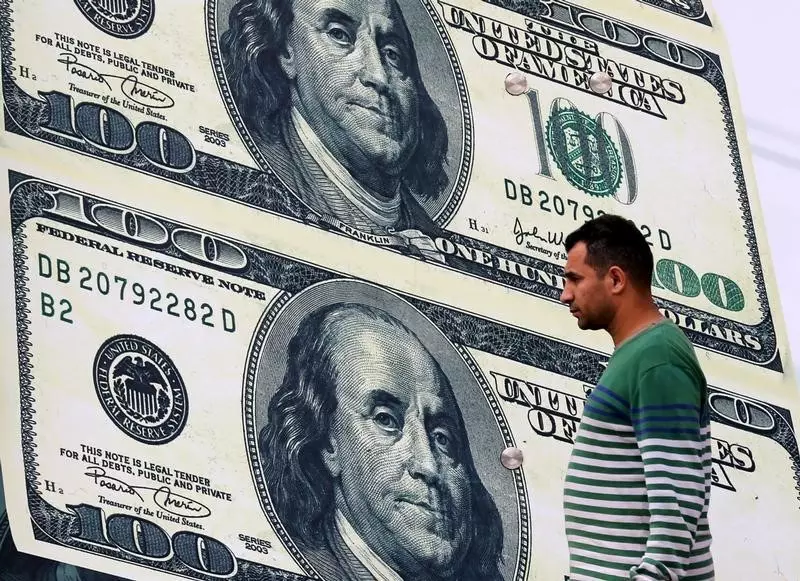In the world of foreign exchange, recent trends indicate that the US dollar has shown signs of stabilization following a notable setback attributed to softened inflation rates. As of Thursday morning, the Dollar Index, which gauges the dollar’s performance against a basket of six major currencies, hovered around 108.950, marking an end to three consecutive days of declines. This resurgence comes on the heels of a Consumer Price Index (CPI) report that reflected less-than-expected inflation, causing notable shifts in trader sentiment.
Despite the brief recovery, the dollar’s trajectory remains clouded by persistent inflation pressures. Inflation rates, particularly core inflation, continue to hover near a yearly rate of approximately 3%, raising questions about the Federal Reserve’s potential maneuvers in 2025. Analysts from ING highlight this uncertainty, noting that current price expectations do not reflect a robust plan for rate cuts within this timeframe. Furthermore, the political landscape surrounding the impending inauguration of Donald Trump has infused the market with additional volatility, as Trump’s announced tariffs have raised concerns about further inflationary impacts.
Amid these fluctuations, the US dollar is contending with significant economic data releases that have the potential to influence market dynamics significantly. Retail sales figures, set to be published later in the day, are anticipated to provide further clarity on consumer behavior and economic health. However, the primary spotlight will be on Scott Bessent, Trump’s nominee for Treasury Secretary, whose confirmation hearing is likely to address critical issues such as currency valuation and trade policy. ING analysts predict that Bessent’s responses could reaffirm a strong dollar policy, despite the overarching concerns driving recent market volatility.
Across the Atlantic, the British pound faced downward pressure, trading 0.3% lower against the dollar at approximately 1.2199. Recent economic indicators revealed that the UK’s GDP experienced marginal growth of just 0.1% in November, falling short of the anticipated 0.2%. This lackluster growth, combined with expectations of potential interest rate cuts from the Bank of England next month, has led to diminished confidence in the pound’s short-term prospects.
On the European front, the common currency appears to be struggling as well. The EUR/USD exchange rate dipped slightly to 1.0290, influenced by disappointing inflation figures from both Germany and Italy. Observers noted that despite the opportunity for a rally after US CPI figures were released, the euro failed to gain significant traction. Analysts from ING suggest that this reluctance indicates broader concerns about the eurozone’s growth prospects and political stability.
With the European Central Bank widely anticipated to implement substantial rate cuts—estimated around 100 basis points by 2025—the euro is likely to face continued downward pressure. This contrasts significantly with the Federal Reserve’s more measured approach, further weighing on the euro’s performance relative to the dollar.
In Asia, the Japanese yen showed resilience, trading at 155.75 against the dollar, its strongest valuation in weeks. The yen’s upswing is attributed to comments from Bank of Japan Governor Kazuo Ueda, who hinted at a potential shift in monetary policy. The prospect of interest rate hikes by the BoJ could reinforce the yen’s position, particularly if inflationary pressures continue to build alongside rising wages.
Meanwhile, the Chinese yuan traded relatively stable at around 7.3317, remaining at a 16-month high. With critical GDP data for the fourth quarter on the horizon, market participants are closely watching how these figures will influence the yuan’s valuation and the broader economic landscape.
As traders navigate these complex dynamics, the interplay between inflation data, central bank policies, and geopolitical developments will undoubtedly continue to shape the foreign exchange markets. The current market sentiment reflects both cautious optimism and underlying volatility, with each currency vying for prominence in an ever-evolving financial landscape.

